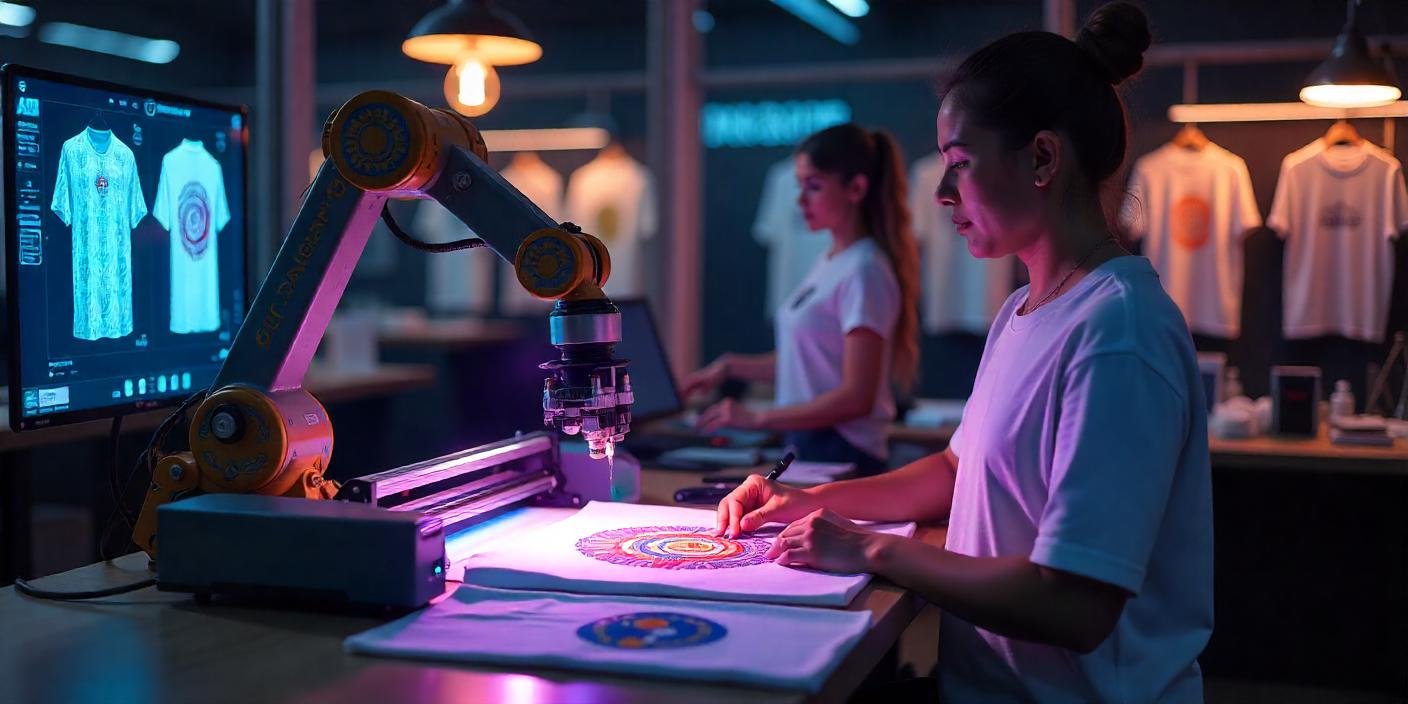HMI Software Innovations: Boosting Operator Efficiency in Manufacturing
In the fast-paced world of modern manufacturing, Human-Machine Interface (HMI) software plays a crucial role in bridging the gap between complex machinery and the operators who manage them. Recent innovations in HMI software are revolutionizing the manufacturing landscape, significantly enhancing operator efficiency and productivity. This article explores the cutting-edge developments in HMI software and their transformative impact on manufacturing operations.
The Evolution of HMI in Manufacturing
Traditionally, HMIs in manufacturing environments were often limited to basic touchscreens or button panels, providing minimal information and control options. However, the advent of more sophisticated software solutions, such as SquareLine Studio, has ushered in a new era of intuitive, data-rich interfaces that empower operators to make informed decisions quickly and efficiently.
Modern HMI software leverages advanced graphics, real-time data processing, and intelligent algorithms to present complex information in easily digestible formats. This evolution has transformed HMIs from simple control panels to comprehensive command centers, giving operators unprecedented insight into and control over manufacturing processes.
Key Innovations Driving Operator Efficiency
Contextual and Adaptive Interfaces
One of the most significant innovations in HMI software is the development of contextual and adaptive interfaces. These smart systems can adjust the information displayed based on the current manufacturing process, the operator's role, or even the time of day. By presenting only the most relevant data and controls, these adaptive interfaces reduce cognitive load on operators, allowing them to focus on critical tasks and make decisions more quickly.
Advanced Data Visualization
Modern HMI software excels in translating complex data into intuitive visual representations. From dynamic heat maps of factory floors to real-time trend graphs of production metrics, these visualizations allow operators to grasp system status and identify issues at a glance. This rapid comprehension of data leads to faster response times and more informed decision-making.
Predictive Maintenance Alerts
Innovative HMI software now incorporates predictive maintenance capabilities, leveraging machine learning algorithms to analyze equipment data and predict potential failures before they occur. By alerting operators to maintenance needs proactively, these systems help prevent costly downtime and extend the lifespan of manufacturing equipment.
Gesture and Voice Control
As touchscreen technology advances, many HMI software solutions are incorporating gesture controls for a more intuitive user experience. Additionally, voice control capabilities are being integrated, allowing operators to interact with the system hands-free – a particularly useful feature in environments where operators may be wearing protective gear or handling materials.
Enhancing Collaboration and Knowledge Transfer
Modern HMI software is breaking down silos in manufacturing operations by facilitating better collaboration among team members. Modern platforms enable the creation of interfaces that support real-time communication and data sharing between operators, supervisors, and maintenance teams. This improved collaboration leads to faster problem resolution and more efficient overall operations.
Furthermore, advanced HMI software often includes built-in training modules and contextual help features. These tools accelerate the onboarding of new operators and support continuous skill development, ensuring that the workforce can keep pace with evolving manufacturing technologies.
Mobile and Remote Access
The integration of mobile capabilities in HMI software has been a game-changer for manufacturing efficiency. Operators and supervisors can now monitor and control processes from tablets or smartphones, allowing for greater flexibility and responsiveness. This mobile access, combined with secure remote connectivity, enables expert intervention from offsite when needed, reducing downtime and improving overall equipment effectiveness.
Customization and Scalability
Modern HMI software solutions offer unprecedented levels of customization, allowing interfaces to be tailored to specific manufacturing processes and operator preferences. This customization extends to the creation of role-specific dashboards, ensuring that each team member has access to the most relevant information for their responsibilities.
Scalability is another crucial feature of innovative HMI software. As manufacturing operations grow or change, the HMI can easily adapt to incorporate new equipment or processes. This flexibility ensures that the HMI remains an asset rather than a limitation as the manufacturing environment evolves.
Cybersecurity Considerations
With the increasing connectivity of manufacturing systems, cybersecurity has become a critical concern. Advanced HMI software now incorporates robust security features to protect against unauthorized access and potential cyber threats. These security measures are designed to safeguard sensitive manufacturing data and prevent malicious interference with production processes.
The Future of HMI in Manufacturing
Looking ahead, the future of HMI software in manufacturing is poised for even greater innovation. Emerging technologies such as augmented reality (AR) are beginning to make their way into HMI design, offering the potential for even more intuitive and information-rich interfaces. Imagine operators wearing AR glasses that overlay critical data directly onto their view of the production line, or using virtual reality for immersive training scenarios.
Artificial intelligence and machine learning will continue to play an increasingly important role, with HMI systems becoming more predictive and autonomous in their ability to optimize manufacturing processes. These advancements promise to further enhance operator efficiency and push the boundaries of what's possible in modern manufacturing.
Conclusion
The innovations in HMI software are dramatically reshaping the manufacturing landscape, empowering operators with tools that enhance efficiency, decision-making, and overall productivity. As solutions like SquareLine Studio continue to evolve, they will play an increasingly crucial role in driving the future of smart manufacturing. By embracing these technological advancements, manufacturers can stay competitive in an ever-changing industrial environment, ensuring their operations are as efficient, responsive, and productive as possible.






